Greetings, Conscientious Food Consumers!
When was the last time you delighted in the taste experience of a ripe exploding cherry tomato? For many, one of the greatest pleasures of summer is the color, aroma and savory satisfaction of garden-fresh tomatoes, that ubiquitous vegetable (actually a fruit) that gardeners tend to have in over-abundance this time of year. Besides zucchini! (Also technically considered a fruit.)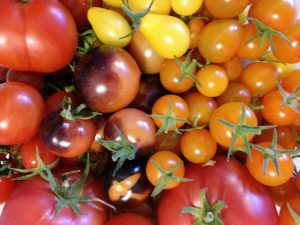
Tomatoes are the 4th most-popular fresh market produce item for good reason: this versatile veggie-fruit can be sliced, diced, baked, stewed, roasted, sun-dried and pureed for so many of our favorite meals, year-round. Tomatoes are an essential ingredient of fresh summer salsa and many vegetable medley dishes from a variety of cultural and ethnic cuisines.
Of course, they’re also quite perishable and can be pricey, especially premium tomatoes still attached to their vines. Why not take advantage of our seasonal abundance and stock up on locally-sourced ‘maters that you prepped, froze and perhaps canned yourself? They’re sure to be fresher and better tasting than those imported from Mexico or China, not to mention anything you can buy in a can six months from now.
So let’s “mind our ‘maters” and make sure they end up where they can be properly appreciated! Here’s a few tips we hope you will find helpful:
- Place tomatoes on the kitchen counter to ripen, away from direct sunlight, with the stem end up to prevent bruising. Monitor the ripening, then wash and prepare them for consumption at their height of flavor and juiciness! In a fridge, these qualities will diminish after just a few days.
- Tomatoes are one of those veggies that naturally emit ethylene gas as part of their plant maturation cycles, so avoid placing or storing them near other produce that you don’t want to ripen too quickly or spoil.
- Got too many ‘maters? Share with friends, or find the downloadable OLIO app on our website for locating people with whom to share your prodigious produce (keeping COVID-19 concerns in mind). Unfortunately, most local food banks and soup kitchens are currently not accepting donations of fresh produce, so let’s share with each other.
- Once your tomatoes have spent time in the fridge, let them return to room temperature before preparing and consuming.
- Ugly ‘maters still taste great! Bruised or cracked tomatoes may not work for the presentation of your bruschetta or for picky kiddos, but they are fine for freezing or canning, or as the foundation of a refreshing cold gazpacho soup, fresh salsa, or tomato juice/cocktail. (Just cut out the cracked areas and use the rest.) Over-ripe tomatoes tend to have black spots, signs of mold or an “off” smell — so off to the compost bin they go.
With COVID-19 keeping us all home more this summer, children will enjoy learning veggie-prep kitchen skills, like how to safely dice a tomato through the kid-friendly recipes and visual learning resources (in both English and Spanish) on OSU Extension Service’s “Food Hero” website. There’s 25 recipes to start with for fresh tomatoes! Numerous other veggies and categories of food can be explored as well.
This Week’s Kitchen Confessions:
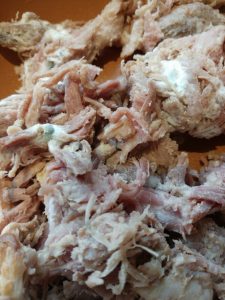
JEANETTE CONFESSES: This is one of 3 or 4 portions of shredded pulled pork left from prepping for family meals. Fortunately most remaining portions went into the freezer in baggies, but this portion in the fridge got “left behind” (moldy), forgotten for too long.
$$ WASTED: About $6
LESSONS LEARNED: Either put all extra quantities in the freezer, or make sure small meal portions get onto our “Eat First” shelf or flagged on our Meal Planner so they’re eaten sooner!
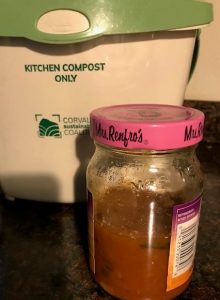 KAREN CONFESSES: Before local tomatoes were in season, I bought mild sweet mango salsa which my son likes, and we enjoyed it with one meal of burritos and nachos. He went home afterwards and I placed the opened jar in the fridge door with the rest of my condiments. Since I prefer a green chile-based salsa (a bit more spicy), it tends to get used first and, eventually, I was dismayed to find a “science experiment” brewing inside the mango salsa jar.
KAREN CONFESSES: Before local tomatoes were in season, I bought mild sweet mango salsa which my son likes, and we enjoyed it with one meal of burritos and nachos. He went home afterwards and I placed the opened jar in the fridge door with the rest of my condiments. Since I prefer a green chile-based salsa (a bit more spicy), it tends to get used first and, eventually, I was dismayed to find a “science experiment” brewing inside the mango salsa jar.
$$ WASTED: About $2 (1/2 the cost of full jar)
LESSON LEARNED: Label it with the date opened and note it as ingredient for “Gazpacho” on my Meal Planner. Store opened jar in “Eat First” area in my fridge or encourage my son to take the rest of the jar home with him next time!
Happy Salsa Season!


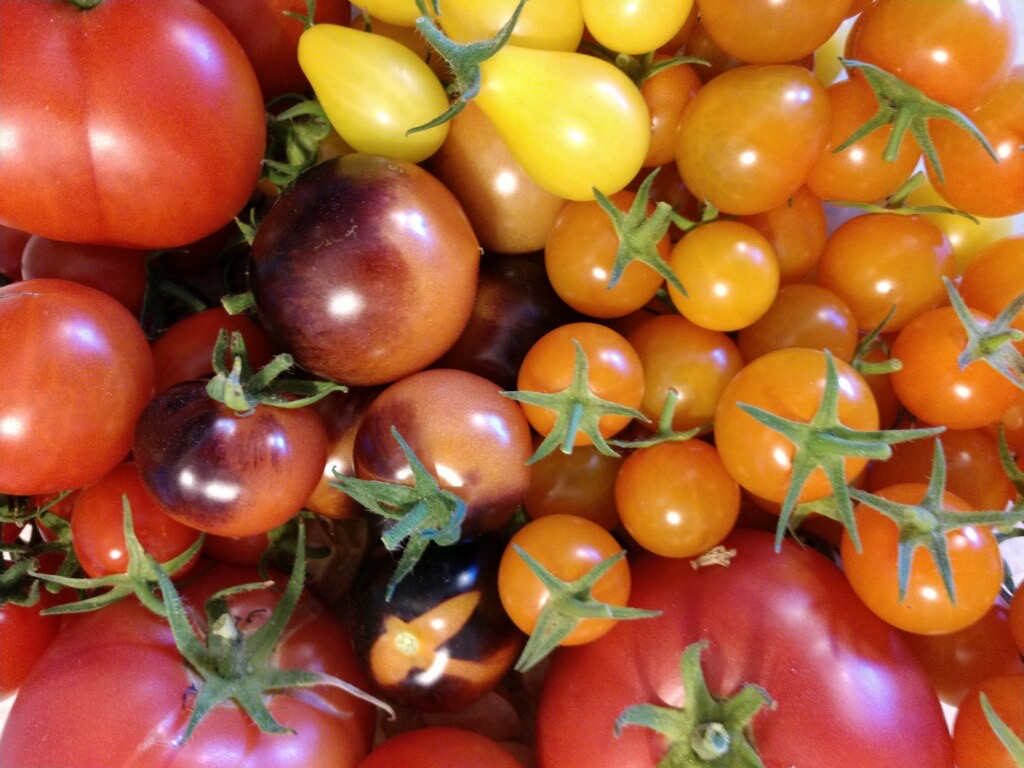
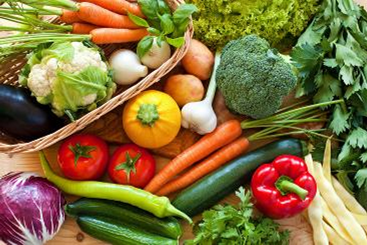
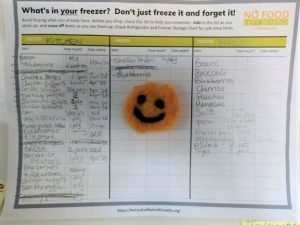
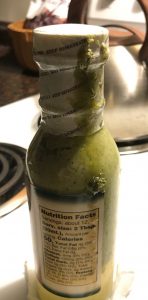 KAREN CONFESSES:
KAREN CONFESSES: